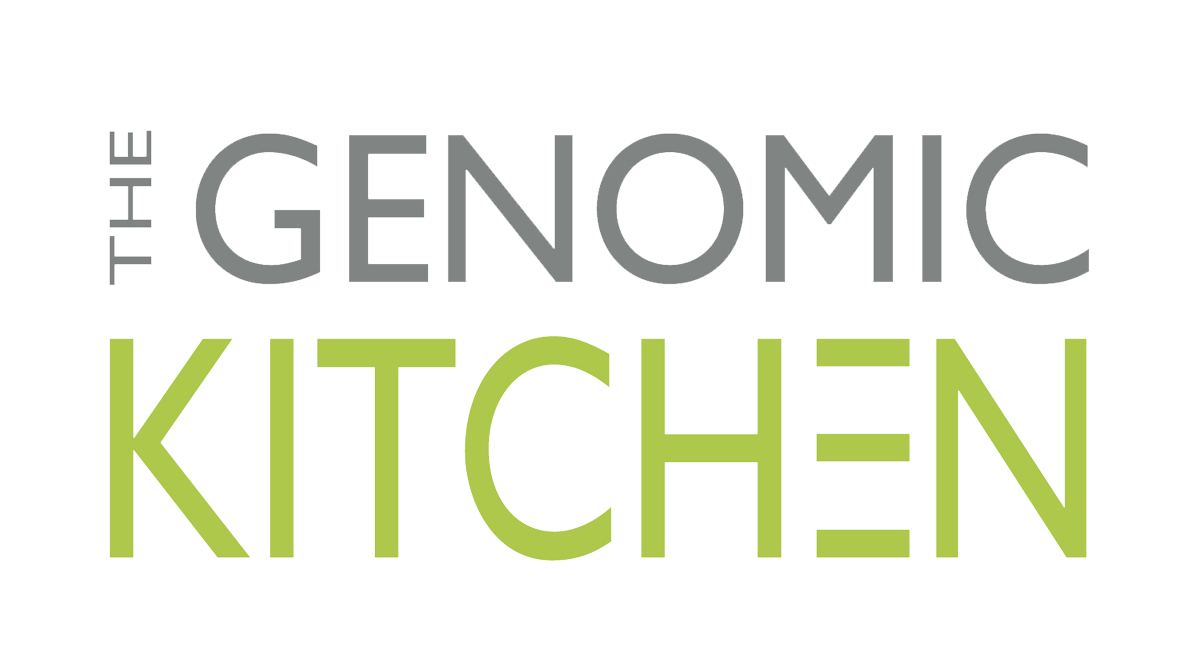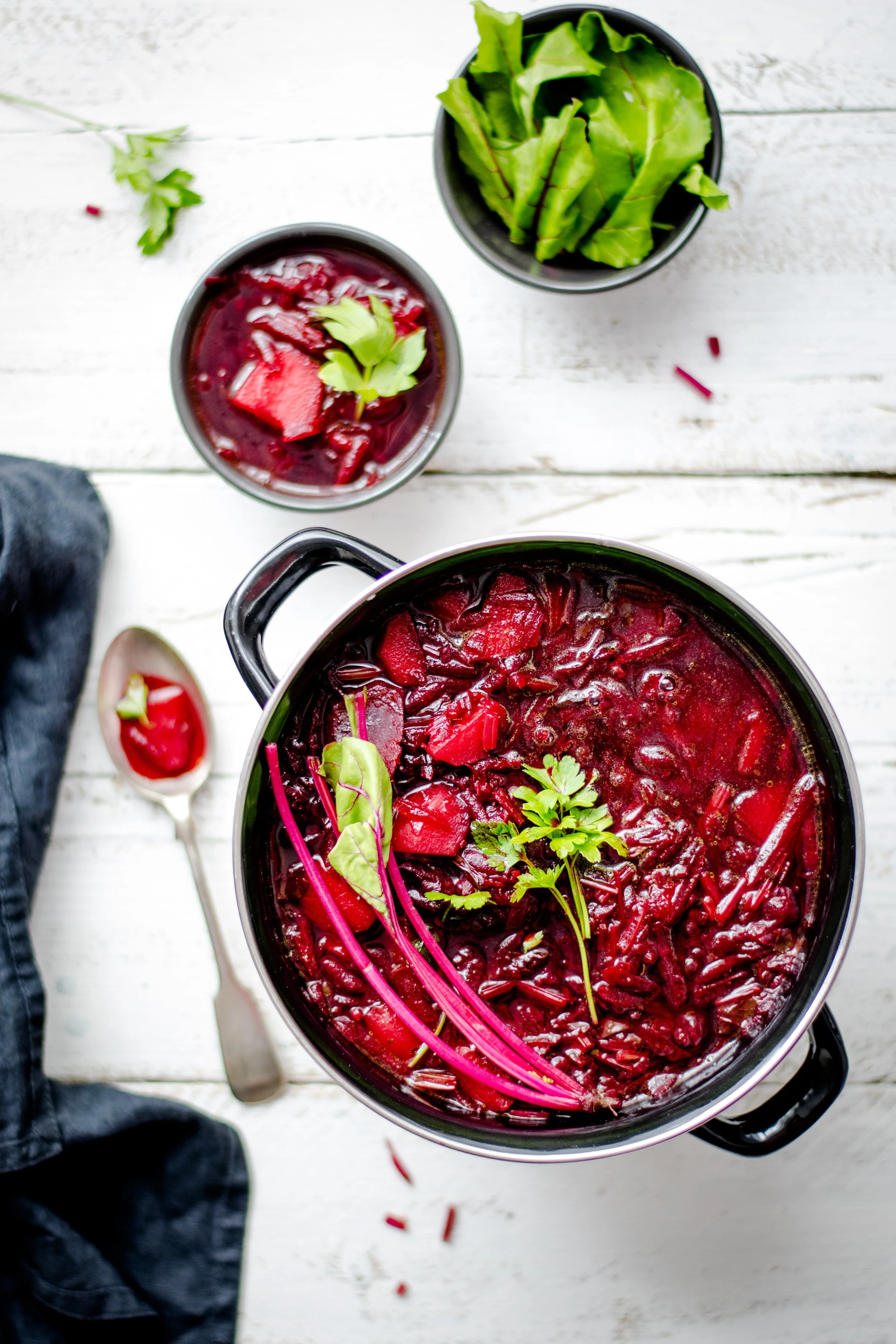Food that turns the cycles of your body
/In my last blog, I talked about the human body as a system of pathways that link together like gears. As one gear connects with the teeth of another gear, information is passed between them and is shuttled around the body. The equivalent of gears in our body is biochemical pathways. These pathways process nutrient information from food into molecules that get the work of the body done. To visualize how these biochemical pathways work, just open the hood of your car while the engine is running and watch those belts spin. Yes, biochemical pathways work that fast, shuttling information every second of every day.
This raises the question, are some biochemical cycles more important than others? If you ask a mechanic which part of the car is most important, she or he might say the transmission. The transmission transfers power to the wheels propelling your car forward or back. In the human body, scientists might consider the Krebs Cycle the body’s most important biochemical cycle. It produces ATP or energy which is essential to every human cell and therefore life itself. But is there another cycle that is an equivalent to the transmission in a car, or as critical as the Krebs Cycle in the body? This question would stimulate debate among scientists, however, many would agree that the methylation cycle ranks as one of the most important. Let’s discuss why, and how food supports it.
The Methylation Cycle
The methylation cycle generates and transfers compounds called methyl groups. A methyl group is made up of a single carbon molecule with three attached hydrogens. Methyl groups are one of the mechanisms by which we can turn genes off, preventing them from producing proteins when we don’t need them. Methyl groups can also attach themselves to other molecules, essentially readying them for biological business. CoQ10 is a very important antioxidant in the body and requires a methyl group to produce it and put it into action.
While we think of methyl groups as a "product" of the methylation cycle, the cycle produces other molecules, which we call intermediates. These intermediates provide information to other influential cycles in the body. Homocysteine is one of the molecules critical to the methylation cycle and has two biochemical destinations. It is either dropped off at the Transsulfuration pathway which produces many molecules including glutathione. Without glutathione, detoxification or removal of toxic compounds, cannot occur. Alternatively, homocysteine can interact with the neighboring folate cycle, picking up methyl groups. Those methyl groups are handed off to methionine, using vitamin B12 as an assistant, and the cycle turns again. It all works like a finely-tuned engine.
To illustrate just how closely how the body’s cycles work together, the folate cycle interacts with its neighbor the biopterin cycle. This cycle produces essential dopamine and serotonin hormones for the brain. Biopterin’s neighbor is the urea cycle which breaks down ammonia, a byproduct of protein, and which is excreted as urine. And one more special thing to know. The folate cycle is also the starting point for producing the base units of DNA itself, known as nucleotides.
Nutrients that fuel essential cycles
While all these moving parts may be a little complex, you can see how important the methylation cycle is to so many processes in the body. Just like a faulty transmission will put your car in the shop, so a poorly running methylation cycle will affect its neighboring cycles and might have you running to the doctor as your body slowly gets out of balance.
As you’ve probably figured out already, the methylation cycle cannot operate without the nutrients that support it. These nutrients are Vitamins B2, B6, B12, folate and the minerals zinc and magnesium. Another nutrient, betaine, plays a unique role in supporting the methylation cycle, essentially performing a supporting role in ensuring the methylation cycle functions should problems with Vitamin B12 occur. Betaine is a nutrient found in foods from the Chenopodiaceae botanical family. Beets, quinoa, amaranth and spinach are the most concentrated sources of betaine in this family. Interestingly, betaine can also be synthesized from choline found in egg yolks.
Food that brings cycles together
In the Genomic Kitchen, all of these essential nutrients are found in our Influencer Ingredients. These are the “I” in the M.I.S.E. Ingredient Toolbox and support the methylation cycle with the vitamins, minerals, and betaine it needs to function. Click on the images below to find excellent sources of










